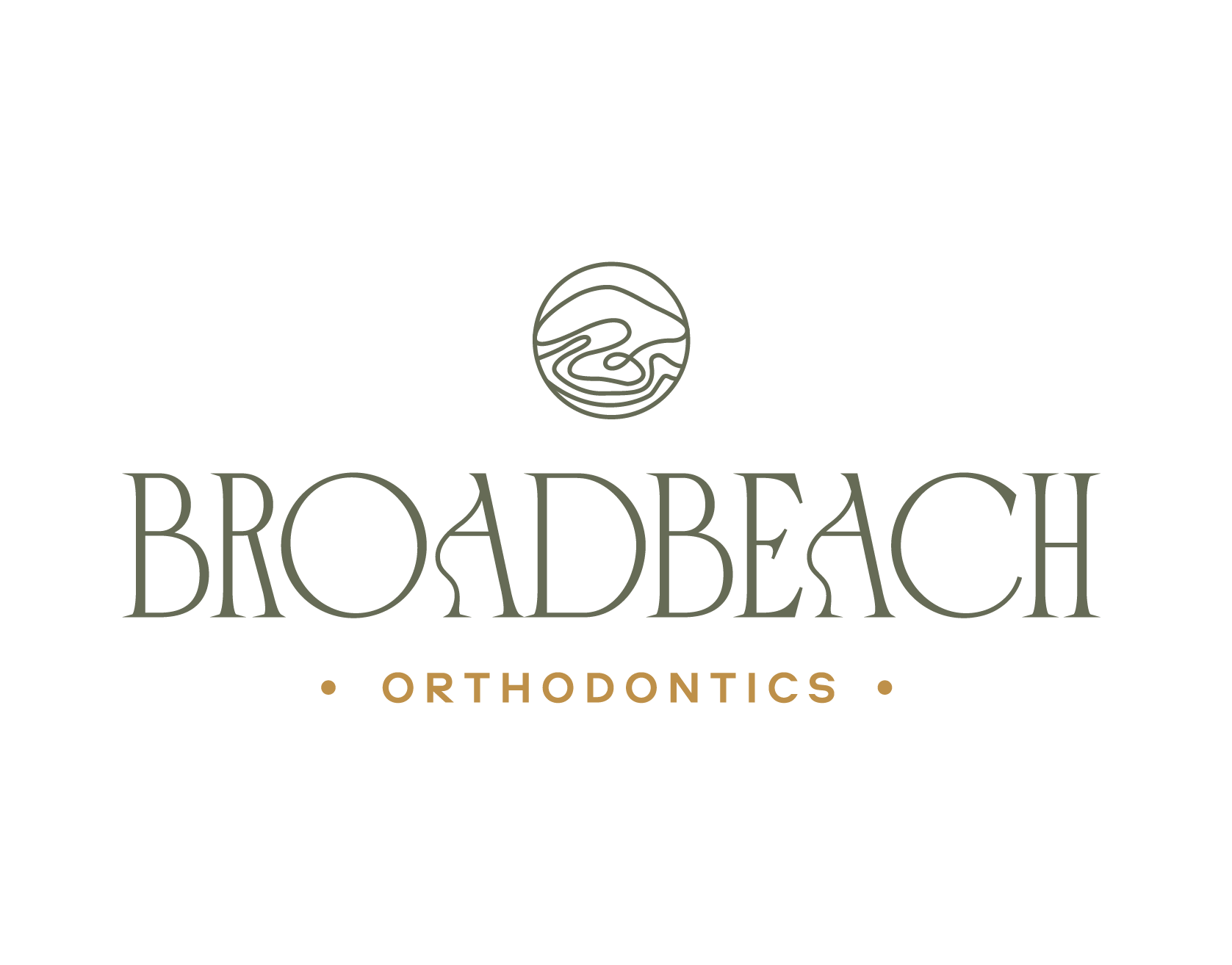Orthodontic treatment offers many benefits, but like any medical or dental procedure, it also comes with some risks. Understanding these can help you make an informed decision about whether orthodontics is right for you.
Benefits of Orthodontics
- Improved Oral Health
- Easier Cleaning: Straightening teeth makes it easier to brush and floss effectively, reducing the risk of cavities, gum disease, and other oral health issues.
- Better Bite Function: Correcting bite issues can improve chewing efficiency and reduce the risk of excessive wear on teeth and stress on the jaw.
- Enhanced Aesthetics
- Straight Smile: Orthodontics can significantly improve the appearance of your smile by aligning crooked or spaced teeth, boosting your confidence and self-esteem.
- Facial Balance: Aligning your teeth and bite can enhance facial aesthetics and overall harmony, contributing to a more balanced appearance.
- Corrected Bite Issues
- Overbite, Underbite, Crossbite: Orthodontic treatment can correct misalignments such as overbites, underbites, and crossbites, which can prevent long-term dental problems and jaw discomfort.
- Reduced Jaw Pain
- Jaw Discomfort: Proper alignment of the teeth and bite can alleviate jaw pain and discomfort associated with temporomandibular joint (TMJ) disorders.
- Improved Speech
- Articulation: Straightening teeth can help improve speech and articulation, especially if alignment issues are affecting your ability to pronounce certain sounds.
- Long-Term Dental Benefits
- Preventative Care: By addressing alignment issues early, orthodontic treatment can prevent more severe dental problems and the need for extensive restorative work in the future.
Risks of Orthodontics
- Discomfort and Pain
- Adjustments: Braces or aligners can cause discomfort and pressure on the teeth and gums, especially after adjustments or the initial fitting.
- Mouth Irritation: Brackets and wires can irritate the inside of the mouth, causing temporary soreness or ulcers.
- Oral Hygiene Challenges
- Cleaning Difficulties: Braces and other orthodontic appliances can make it more challenging to maintain oral hygiene, increasing the risk of plaque buildup and gum disease if not managed properly.
- Risk of Root Resorption
- Tooth Roots: In some cases, orthodontic treatment can cause resorption or shortening of the tooth roots, which might affect long-term tooth stability. This risk is typically minimal and monitored by orthodontists.
- Allergic Reactions
- Materials: Some patients may have allergic reactions to materials used in braces, such as latex or certain metals. Discuss any allergies with your orthodontist to find suitable alternatives.
- Treatment Duration and Compliance
- Time Commitment: Orthodontic treatment can take several months to a few years, depending on the complexity of the case. Consistent use of appliances and follow-up appointments are essential for successful outcomes.
- Relapse Risk
- Teeth Shifting: After treatment, teeth may shift back to their original positions if retainers are not worn as prescribed. Compliance with post-treatment retention is crucial to maintain the results.
- Cost Considerations
- Expense: Orthodontic treatment can be costly, and while many dental insurance plans cover some of the cost, out-of-pocket expenses may still be significant. Payment plans and financing options may be available.
- Devitalisation of Teeth with History of Trauma
- Trauma-Related Risks: Teeth that have previously experienced trauma may be more susceptible to complications during orthodontic treatment. Trauma can sometimes lead to pulp damage, making the teeth more prone to devitalisation (death of the tooth’s nerve).
- Management: If you have a history of dental trauma, it is essential to inform your orthodontist. They may need to monitor these teeth more closely during treatment and collaborate with your dentist to ensure proper management. In some cases, endodontic treatment (root canal therapy) might be required before or during orthodontic care.
Conclusion
Orthodontics offers significant benefits, including improved oral health, enhanced aesthetics, and better bite function. However, it also comes with some risks, such as discomfort, hygiene challenges, and potential complications like root resorption and issues related to teeth with a history of trauma. By discussing these factors with your orthodontist and weighing them against your personal needs and goals, you can make an informed decision about whether orthodontic treatment is right for you. Regular consultations and following your orthodontist’s recommendations can help maximise the benefits and minimise risks associated with orthodontic treatment.





